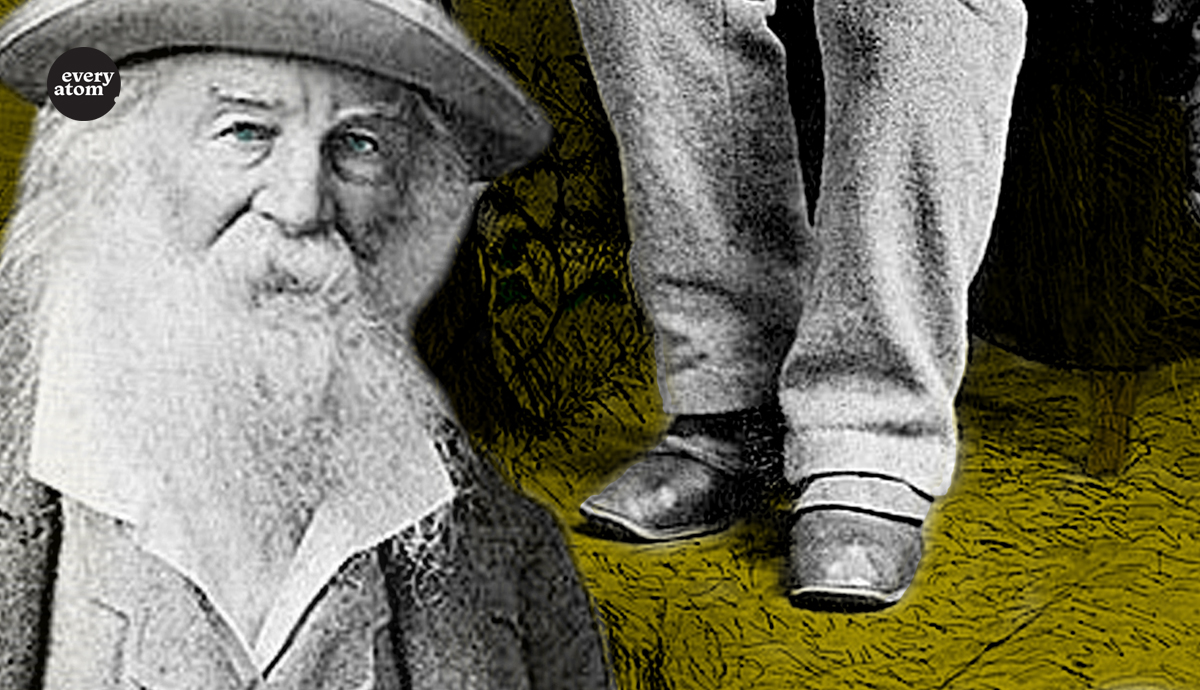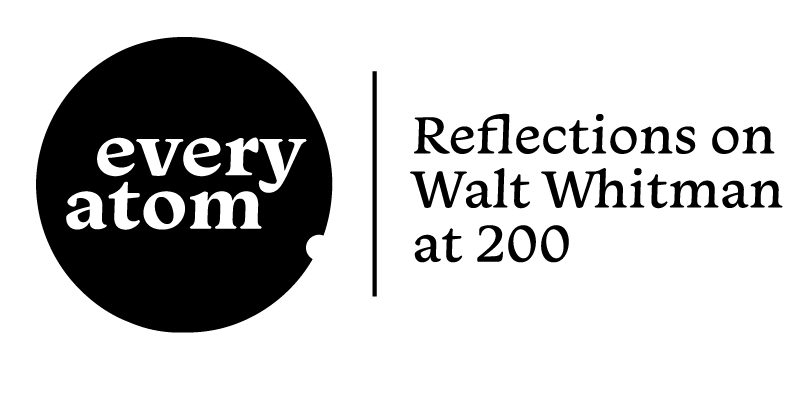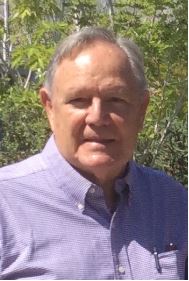Every Atom | No. 117
Introduction to Every Atom by project curator Brian Clements
To this day the structure of Whitman’s “Song of Myself” remains open to discussion, especially since the original 1855 version had neither a title nor numbered sections. Long poems invariably initiate discussions of structure. Has the poet provided a linear narrative? Is the poem organized according to verbal, thematic, or musical rhythms, or some other formal constraint? Why does it begin and conclude as it does? What drives the poem forward? If there are partitions, how are those parts arranged?
Gary Snyder’s epic-like poem Mountains and Rivers Without End (Counterpoint 1996) has discernible formal overlays that guide the order of its parts: among others there are: virtual travel across the face of a horizontal Chinese landscape painting; the jo-ha-kyū principle that structures some traditional Japanese Noh plays; and the paradigmatic narrative that shapes a mythical Hero’s Journey. Ultimately, however, the significance of its presentation, like Whitman’s, is not about detectible configurations of “words, … music or rhyme.”
The fundamental pattern that shapes Whitman’s poem is the active love affair, the interpenetration, of the “soul” with “the other I am” [i.e. the “not-soul,” the body]. In Whitman’s poetry that interaction extends to such juxtapositions as The Quotidian with The Divine, Nature with Self, The Self with The Other, The Poet with The Universe. Truly reading Whitman’s “Song of Myself” is to realize the very nature of—and to participate in—the dynamics of interaction.
Gary Snyder’s “Instructions,” a short poem within the longer work of 39 poems, is just one of numerous places in his long poem where the poet depicts a similar lesson: “Engine switch / off, on. Off, on. Just /two places. Forever, / or, not even one.”
In both long poems their creators instruct the reader to go beyond “the one” and “the other.” A valve, like a switch, controls off and on, what is stopped and what flows. As Whitman says, “loose the stop from your throat”; it is “only the lull I like.” Snyder stresses neither “off” nor “on”; instead he moves us beyond these “two places” to “not even one.” At the core of Whitman’s poem is neither the soul nor the body, but “the hum” of their interbeing. Neither of these two long poems are to be realized as fixed shapes or structures, but as ongoing depictions of a dynamic interbeing that flows on “forever.”
Recommended
Nor’easter
Post-Op Appointment With My Father
Cedar Valley Youth Poet Laureate | Fall 2024 Workshop







